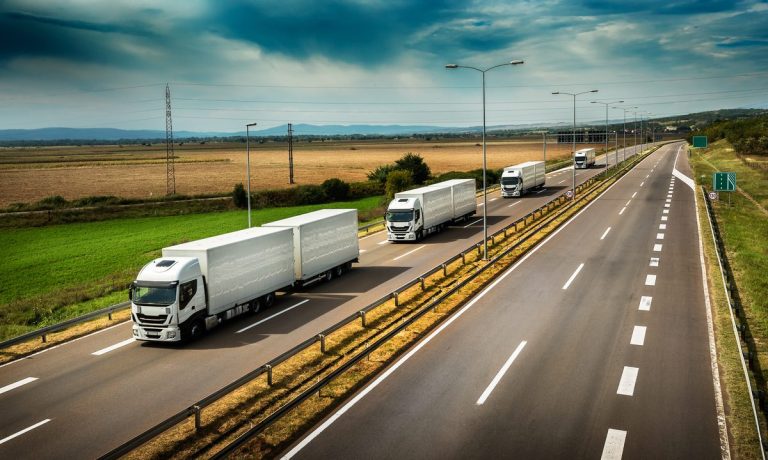It’s exactly why firms such as Gatik are gaining traction right now by servicing the so-called “middle mile” portion of the modern supply chain. Founded in 2017 by veterans of the autonomous technology industry, the company’s “autonomous delivery as a service” solution encompasses autonomous trucks, telematics and a dispatching solution.
“What we do is, we operate these trucks for our customers,” Gatik CEO and co-founder Gautam Narang told PYMNTS, explaining the autonomous delivery as a service solution. “We handle everything from obviously the driving piece to the telematics piece, making sure that our customers have insight over their operations. All those needs are taken care of by our solution. So, it’s not just the technology piece we are building that we’re providing, it’s the full service.”
Unsurprisingly, interest in autonomous has been strong from both retailers and investors. Gatik recently announced (Aug. 31) that it had raised $85 million in Series B funding and was expanding operations into Texas.
The company already had fleets of its Autonomous Box Trucks operating in Arkansas and Louisiana with Walmart, and in Ontario with Canada’s Loblaw.
Faster Delivery, Higher Operating Costs
Advertisement: Scroll to Continue
The demand for middle-mile logistics has been growing since retail customers everywhere want lower costs, shorter delivery times and sustainable, reliable capacity.
At the same, middle mile service itself has been changing rapidly, driven by consumer expectations, Narang said. Traditionally, goods would be stored at a giant distribution center four or five hours away from the end user. Big semitrucks would deliver them once or twice a week.
That has changed because consumers want same-day delivery. Today, retailers build micro distribution centers or micro fulfillment centers that are close to the end consumer.
So, rather than a semitruck operating a single route once or twice a week, there are now multiple routes between the hub locations and multiple spoke locations. These creates the need for more trips, more drivers and more trucks.
“We have seen that growth at Gatik over the last 18 months,” Narang said. “The operating costs increase trying to serve multiple additional routes, trying to make these trips frequently.
“And that’s where we come in,” he added. “An autonomous solution like ours can help these retailers operate and scale this service right away.”
Validated Technology
Gatik’s trucks move orders from the micro distribution centers to multiple retail locations, typically with small box trucks from 11 feet to 26 feet in length on routes that range from 5 to 300 miles.
Operating in this environment places different demands on an autonomous system than does long haul trucking and operating on highways. There are companies building autonomous technology for those applications, but Gatik focuses on the needs of trucks operating in an urban or semi-urban environment.
It focuses on, Narang explained, “a solution that can handle complex urban scenarios like traffic lights, traffic intersection navigation, pedestrians and bicycles which require a different technology stack, one that some of the companies that are working on long haul trucking do not have. They have to disengage the system as soon as they leave the highway.”
Not Just Transport Technology
On top of the autonomous driving, Gatik offers a telematics solution that connects what’s happening in the warehouse to what’s happening on the road. This allows managers to see, for example, how long it’s taking for a truck to be loaded at a pickup location.
“The whole idea here is to give them visibility and insight over the supply chain so that it can help make the full supply chain efficient,” Narang said.
A third service Gatik offers is a dispatch solution. The company automates the scheduling between multiple pickup sites.
The company plans to deploy its new funding on two fronts. First, now that it has validated that its technology works, it will focus on growth and scaling. Second, it plans to build OEM partnerships to integrate its solution into existing vehicle platforms, in keeping with a partnership with Isuzu Motors it announced earlier this year.
“The future of deliveries is autonomous and electric,” Narang said. “That’s basically the direction that the industry is headed towards.”




